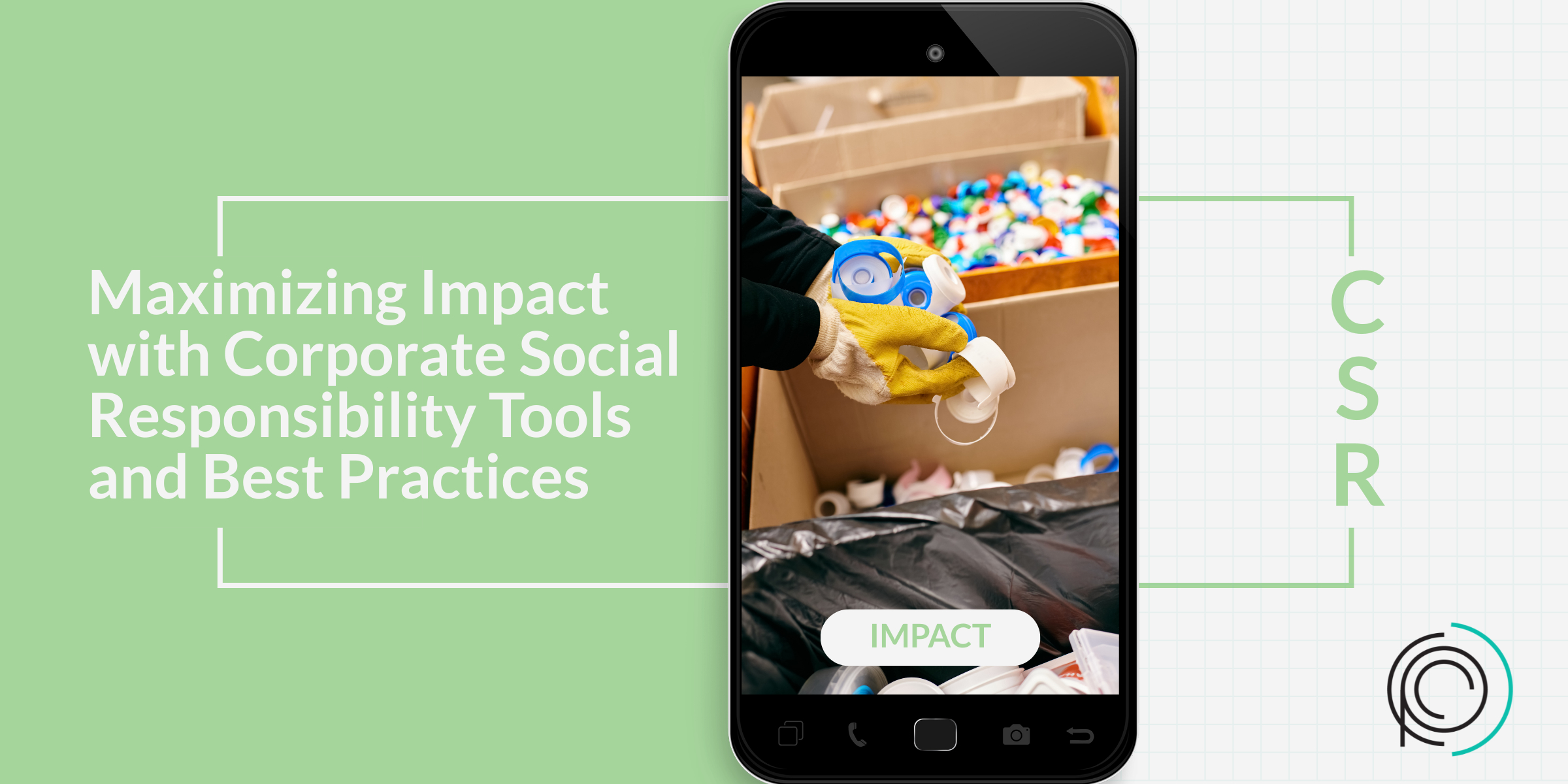Embracing Change: Why Upgrading Your Technology Today is the Key to Tomorrow’s Success
Across dealing with clients, staying on top of administrative tasks, and preparing for tomorrow’s activities, sometimes, it can feel hard enough just to make it through the day — so the prospect of throwing in a significant change to your technology can sound like madness.
Yet, ironically, that’s often precisely what we need to be able to prevent these types of issues in the first place. By proactively addressing potential challenges, conducting thorough risk assessments, and implementing robust strategies tailored to specific scenarios, we can effectively mitigate risks and safeguard against such problems before they even arise.
Here are nine compelling reasons why it’s crucial to stop procrastinating and upgrade your technology promptly. Not only will I provide you with a helpful suggestion on how to simplify the transition process, but I’ll also share some key insights into the benefits of staying ahead in the ever-evolving tech landscape.
Boost productivity
Productivity gains and time savings are undeniably significant incentives to upgrade your technology. By embracing the latest advancements, you not only enhance efficiency but also pave the way for seamless integration with modern tools and systems, fostering a more streamlined workflow. This focus on staying current with technology serves as a cornerstone for progress and innovation across various aspects outlined in this list.
In general, new technology gets introduced because it improves whatever existed previously, resulting in greater efficiency. For instance, automation and artificial intelligence can perform the tasks humans used to handle manually, and one McKinsey report found automation alone has the potential to save 749 billion working hours.
New technology plays a crucial role in streamlining processes, enhancing user experience through intuitive interfaces, and facilitating seamless software integrations. By simplifying complex tasks, ensuring user-friendly designs, and enabling smooth software connections, new technology continues to revolutionize various industries.
Cut down your team’s workload
Reduced time savings not only benefit a company’s financial performance but also have a significant positive psychological impact on your team. When employees are relieved from tedious and repetitive tasks, and when their workload is manageable, it leads to higher job satisfaction and boosts morale. Implementing the right technology solutions can effectively address these challenges and create a more productive and happier work environment.
Your team may face challenges in adapting initially, and grappling with new processes and approaches. However, in the long run, this transitional phase is expected to liberate their time, enabling them to engage in more fulfilling and mentally stimulating tasks. This shift towards more gratifying work experiences has the potential to foster a culture of innovation within the team.
Ease workplace tensions
When everyone in your workplace is trying to get by using an inefficient tech stack or spending time on simple tasks, it doesn’t make for a great environment. Solving this problem can have all kinds of benefits that aren’t immediately obvious, such as improving morale, camaraderie, and communication among your team. If tensions are high at work, upgrading your technology can act as a tangible way to help people hit reset and work more effectively together. A better understanding of how everyone’s role fits into the bigger picture can also help in building a shared sense of purpose and direction.
Reduce the likelihood of breakdowns
Technology becomes outdated faster than almost everything else in the workplace. As soon as you install something new, chances are it’s already on its way out. That means that using software or hardware that’s past its prime can come with risks like security breaches, downtime, and crashes that negatively impact your work.
But when you keep up to date with technology, you reduce the likelihood of these events happening. Plus, when they do happen, newer technology is much more likely to bounce back quickly than older systems. This reduced downtime translates into increased productivity and revenue in the long run.
Technology plays a crucial role in mitigating risks. With increasing cybersecurity threats and data breaches, outdated technology is more vulnerable to attacks and puts your company at significant risk. By staying current with the latest technological trends, you can ensure your systems and data are secure, reducing the likelihood of a costly breach. Additionally, new technologies often have built-in security measures that provide added protection for your business.
Say goodbye to outdated programs
If you have old equipment that has been reliable for years, there will come a time when it isn’t compatible with the latest software and updates anymore. This mismatch can lead to even more frustration than you’re facing currently if this day arrives suddenly and catches you off guard. To avoid this scenario, it’s wise to plan ahead and make the necessary updates in advance to ensure a smoother transition and avoid any unexpected disruptions.
Improve your security
Technology might have come a long way in the last few years — but unfortunately, hackers have also benefited from the advances. That’s probably why the Identity Theft Resource Center found that data breaches rose 68% between 2020 and 2021. You must prioritize safeguarding both yourself and your sensitive personal information to prevent unauthorized access and ensure your privacy and security are maintained.
Utilizing the latest software programs plays a significant role in this process, ensuring enhanced efficiency and security measures. Additionally, integrating newer equipment that supports advanced encryption protocols further strengthens data protection mechanisms. By staying current with technology, you ensure your business and personal information are safe from potential cyber threats.
Reduce operating costs
When it comes to updating technology, many companies often prioritize assessing the immediate costs associated with acquiring new equipment, purchasing subscriptions, or obtaining licenses. However, what they tend to overlook is the long-term benefits that can emerge from such investments. By embracing technological updates, businesses not only enhance their operational efficiency but also position themselves for cost savings and improved competitiveness in the evolving market landscape.
This is particularly true in the case of your hardware — using advances like cloud technology means you no longer need to store everything in-house, while automation and integration eliminate the need for multiple machines to perform one process.
Be better prepared for disasters
The outdated technology you’re currently using might seem sufficient at the moment, but when faced with a crisis or unforeseen event, it could potentially put you in a challenging situation. Upgrading your technology stack can provide you with more resilience and agility to navigate unexpected disruptions effectively. Efficient data backup and disaster recovery protocols supported by newer technology can help you get back up and running with minimal downtime.
For example, imagine being in a situation where you lose all internet access just when you’re not actively utilizing a program that syncs your data automatically through cloud technology. In such a scenario, the risk of data loss becomes a real concern. This highlights the critical importance of leveraging cloud technology for data synchronization. There are numerous instances where overlooking such practices could lead to undesirable consequences.
Impress prospective clients
How would you feel if you were about to close a deal with a company and noticed they were still using a brick phone or Windows Vista on their computer? Would you feel confident that they are able to keep your company information safe, like wire instructions, or passwords? You might start to question their capabilities, and the same is true if you’re using a program known by the industry to be outdated. Take Wind Solar as a great example of how they were breached. A hacker penetrated their systems through one of their vendors
It’s not just about Keeping Up with the Joneses – tech is intertwined with just about every business model and sector right now. In today’s fast-paced world, companies that fail to grasp the importance of technology risk falling behind their competitors. Dealing with a company that lacks a clear understanding of how to leverage tech effectively can be worrisome, particularly in an environment where innovation is key to success.
Work toward strategic goals
While updating your technology mindlessly might not always have the results you want, when you make changes that are in line with your long-term goals and strategies, it can be a lot more fruitful.
Occasionally, it is crucial to involve a third party, like a consultant, to bring in fresh perspectives, industry expertise, and specialized knowledge. This collaboration can be instrumental in overcoming challenges and achieving success in various endeavors.
It can be daunting to dive into the unknown, whether that means a new haircut or new technology, but you don’t have to do it all independently. Bringing in a third party can take all the stress out of the process and result in a smoother transition.
We value the intricate interplay of processes, people, technology, and customer service in facilitating a seamless transition for you. This comprehensive and meticulously designed method ensures that every individual component harmoniously integrates to deliver precisely tailored outcomes that align perfectly with your specific needs and objectives. To find out more, book a no-obligation consultation today.







